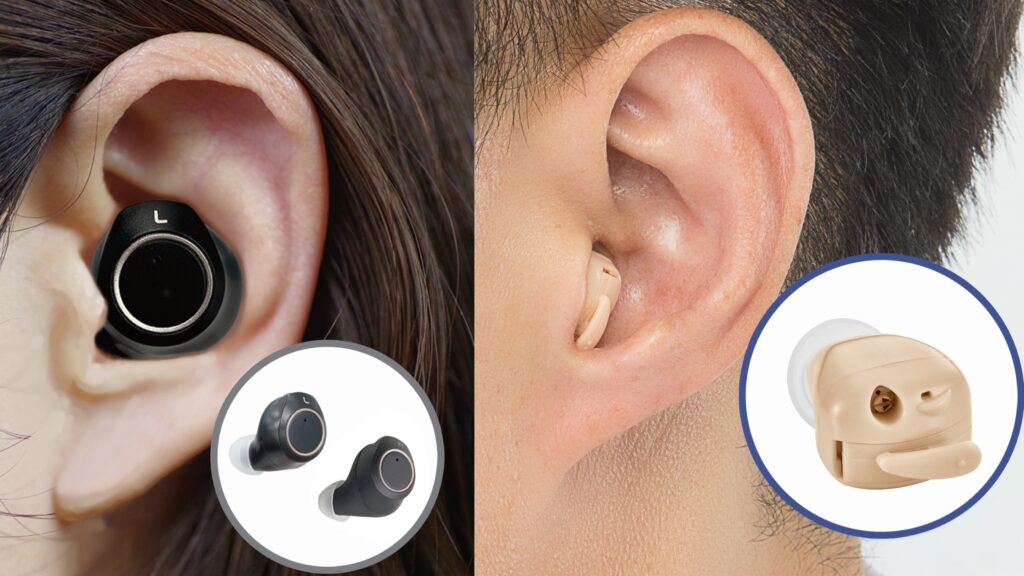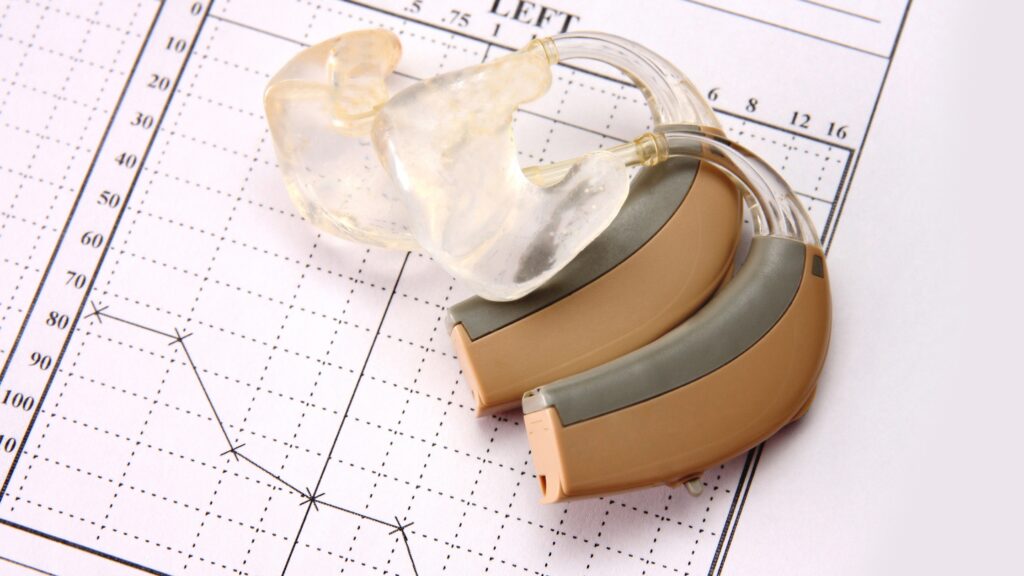

Introduction
For those with hearing loss, there are two types of devices that amplify sound: digital and analog. However, there are considerable differences between the two in terms of technology, processing techniques, and overall user experience. Analog and digital hearing aids work in the same way, share comparable parts, and require battery power. They employ a microphone to pick up sound, and they use electronics to magnify certain sounds. Their approaches to handling the electrical signal differ primarily.

Technology and Sound Processing
Analog Hearing Aids: Analog hearing aids amplify ambient noise and speech in the same manner. They transmit sound waves to the ear by means of basic, continuous electrical signals.
Since these devices cannot distinguish between various sounds, speech and background noise are boosted together, which might make it harder to hear in noisy surroundings.
Digital Hearing Aids: Using a microchip, digital hearing aids translate sound waves into digital signals. These gadgets process and distinguish between different kinds of sounds (such as speech and noise) using sophisticated algorithms.
They may be set up to reduce background noise and selectively amplify voice, making listening easier and more natural.
Analog Hearing Aids:
Resounding Personalization and Flexibility : There are typically fewer customizing choices with analog aids. While they might have some basic settings, they lack the customization and customization options that digital hearing aids offer.
While some analog devices may feature movable settings, digital aids allow more advanced, automated changes.
Several Listening Apps: Typically, users of analog devices can only choose from a limited number of manual settings (such as a “quiet” or “noisy” mode) and have fewer program options.

Cost, Battery Life, and Aesthetics
Analog Hearing Aids: Because analog hearing aids have simpler circuitry, they are typically more cheap. They are a cost-effective choice for people who don’t require the sophisticated features of digital assistance. When compared to digital equipment, analog hearing aids often consume less power and may have a longer battery life. Because analog hearing aids are frequently larger than digital ones, they may be less covert and more obvious.
Digital Hearing Aids: Because they provide more features, superior sound processing, and cutting-edge technology, digital hearing aids are usually more expensive. The higher degree of comfort, functionality, and customization is reflected in the price. Because of their sophisticated features and processing capability, digital hearing aids usually have shorter battery lives due to higher energy consumption. On the other hand, rechargeable digital models are becoming more and more popular because they are convenient and use fewer disposable batteries. Designs can be made smaller and more compact thanks to digital technology. There are plenty of practically undetectable, in-the-ear digital hearing aids that offer discretion along with cutting-edge features.

Digital Hearing Aids:
Linking and Extra Features: With Bluetooth connectivity, a lot of digital hearing aids let users connect to TVs, cellphones, and other gadgets immediately. This function makes it easier for users to watch TV, listen to music, and make phone conversations by allowing audio to stream straight into their hearing aids.
Additionally, some digital aids have apps that let users change programs, control volume, and adjust settings right from their phones.
Resounding Personalization and Flexibility: Digital tools are very adaptable. Based on the results of the user’s hearing test, audiologists can program them to meet their unique hearing needs (audiogram).
They are able to automatically change the amplification to various listening contexts (such as noisy restaurants, quiet rooms, and outdoor spaces) by evaluating the surrounding sound.
Conclusion
Analog Hearing Aids: These are more basic gadgets that continuously increase sound intensity. They are less expensive than digital devices, but they don’t have the same cutting-edge functionality.
Digital Hearing Aids: Superior sound processing, personalization, noise reduction, and connectivity options are available with digital hearing aids. They are more expensive but offer a more sophisticated listening experience, particularly in demanding settings.
Due to their increased performance, versatility, and capacity to adjust to the individual hearing needs of the user, digital hearing aids have essentially supplanted analog ones. Nonetheless, for those looking for more straightforward, affordable options, analog hearing aids continue to have a role.